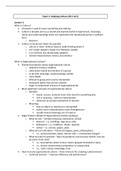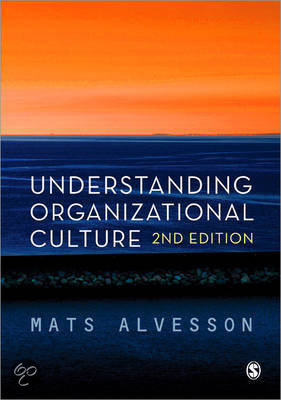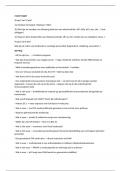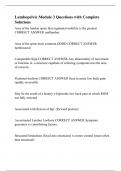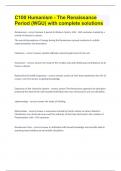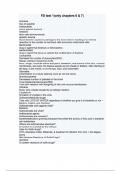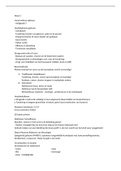College aantekeningen
Brief summary of main points.
- Vak
- Instelling
- Boek
This is a brief summary of the lectures. I did not read the book but studied the lectures and movies as discussed during the lectures. I got a 9 for the final exam. Good Luck!
[Meer zien]
